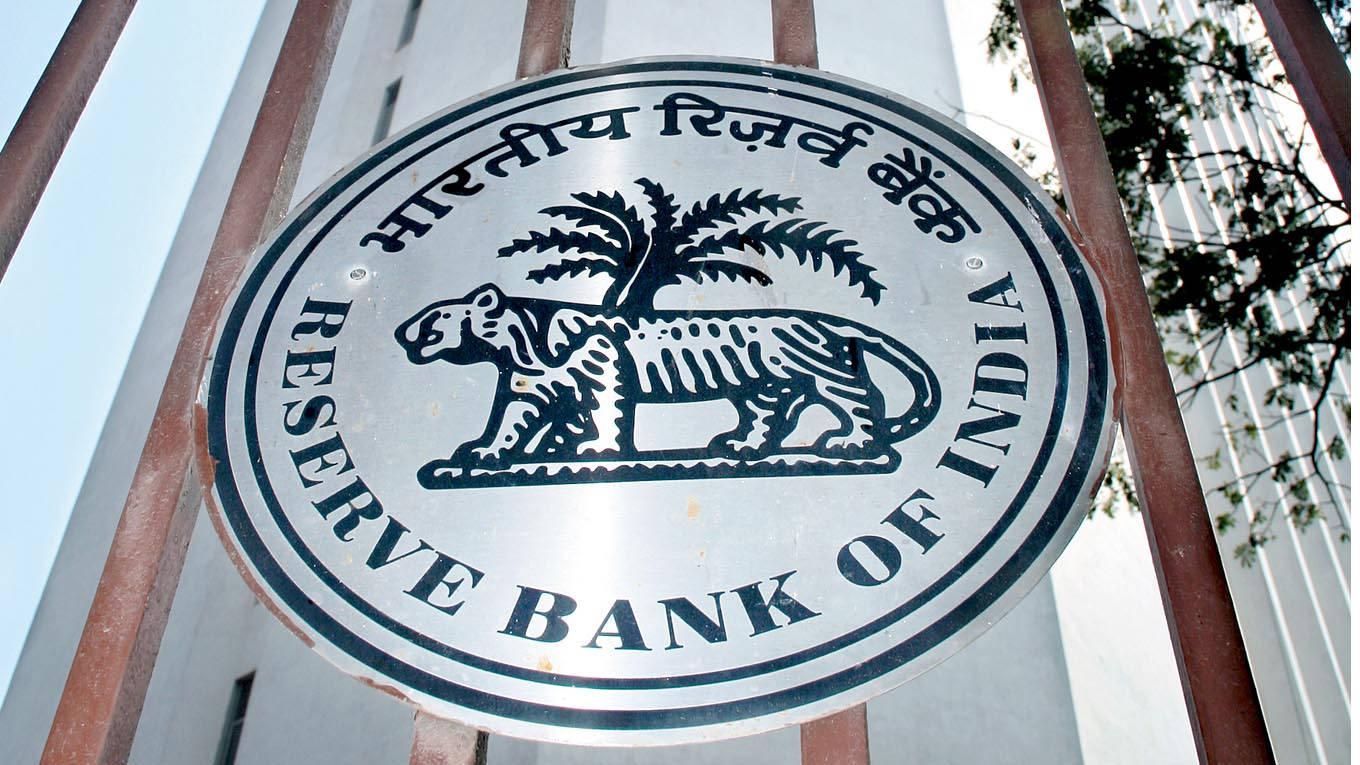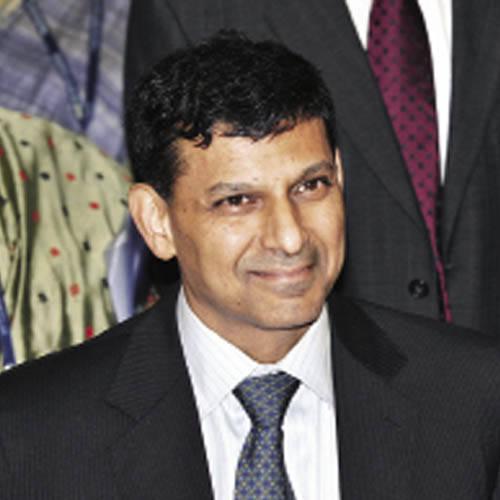But it is the RBI's third recommendation allowing companies to promote banks in India, that has raised a few eyebrows. This, of course, would require an amendment in the Banking Regulation Act, 1949 and would thus have to also be passed by Parliament.
At least one critic has been loud. Raghuram Rajan, former governor, RBI, has pointed to the risks of self-lending, conflicted management, concentration of financial clout, temptation of concealing financial stress and cronyism. He vehemently argues that highly indebted and politically connected business houses will have the greatest ability to push for licences.
The RBI group, on its part, has put forward a case. It notes that companies can be an important source of capital and can bring in their experience, management expertise and strategic direction to banking. Many corporate/industrial houses have successfully operated in other financial segments. ‘Internationally, few jurisdictions explicitly disallow large corporate houses and, even in these jurisdictions, it is not a settled issue,’ it notes.
The RBI's recommendation also comes with riders. It asks for a strong legal framework to address connected lending and a framework for consolidated supervision. Such mechanisms, it feels, would be imperative to deal with intra-group transactions that are detrimental to banking. The group also notes that ‘tracking of money trail is basically an investigative function and not a supervisory function’.
Indian banking is starved of capital, which is available in surplus with the companies. There have been few takers since banking licences went on tap. To jump-start the economy with fresh lenders and more competition is perhaps the motive behind RBI's recommendations.
Moreover, India has had banks run by companies in the past. The Tata Industrial Bank was acquired by Central Bank of India in 1923. And UCO Bank was set up by GD Birla in 1943. It remained a private bank until nationalisation in 1969.
But, glaringly absent in the working group's report is the RBI's own experience with private banks that were run by promoters with industrial interests. In recent memory alone, Bank of Rajasthan was force-merged with ICICI Bank, with some RBI prodding. More recently, the failure of PMC Bank was led by a single corporate that created thousands of dubious loan accounts to reroute the loans to self. PMC wasn't owned by a single private entity. And all of this happened under RBI's own nose.
All of the messed up PSBs are also government-owned, with an RBI director on their boards. The RBI has been caught napping more than once. Will it be able to track money trails when officially sanctioned corporate banks meet in tax havens like Mauritius and Cyprus? Refer back to the RBI's point: ‘Tracking of money trail is basically an investigative function and not a supervisory function’.
UPDATE: On 4 December 2020, Governor Shaktikanta Das clarified that the report by the RBI internal working group should not be seen as RBI's point of view or decision
Key recommendations of the RBI
# The cap on promoters’ stake in the long run (15 years) may be raised from the current level of 15 per cent to 26 per cent of the paid-up voting equity share capital of the bank.
# As regards non-promoter shareholding, a uniform cap of 15 per cent of the paid-up voting equity share capital of the bank may be prescribed for all types of shareholders.
# Large corporate/industrial houses may be allowed as promoters of banks only after necessary amendments to the Banking Regulation Act, 1949 (to prevent connected lending and exposures between the banks and other financial and non-financial group entities); and strengthening of the supervisory mechanism for large conglomerates, including consolidated supervision.
# Well run large Non-banking Financial Companies (NBFCs), with asset size of Rs50,000 crore and above, including those which are owned by a corporate house, may be considered for conversion into banks, subject to completion of 10 years of operations and meeting due diligence criteria and compliance with additional conditions specified in this regard.
# For ‘payments banks’ intending to convert to a ‘small finance bank’, a track record of three years of experience as payments bank may be considered as sufficient.Small finance banks and payments banks may be listed within ‘six years from the date of reaching net worth equivalent to prevalent entry capital requirement prescribed for universal banks’ or ‘10 years from the date of commencement of operations’, whichever is earlier.
# The minimum initial capital requirement for licensing new banks should be enhanced from Rs500 crore to Rs1,000 crore for universal banks and from Rs200 crore to Rs300 crore for small finance banks.
# Non-operative Financial Holding Companies (NOFHC) should continue to be the preferred structure for all new licences to be issued for universal banks. However, it should be mandatory only in cases where the individual promoters/promoting entities/converting entities have other group entities.
# While banks licensed before 2013 may move to an NOFHC structure at their discretion, once the NOFHC structure attains a tax-neutral status, all banks licensed before 2013 shall move to the NOFHC structure within five years from announcement of tax-neutrality.
# Till the NOFHC structure is made feasible and operational, the concerns with regard to banks undertaking different activities through subsidiaries/joint ventures/associates need to be addressed through suitable regulations.
# Banks currently under NOFHC structure may be allowed to exit from such a structure if they do not have other group entities in their fold.
# The Reserve Bank may take steps to ensure harmony and uniformity in different licensing guidelines, to the extent possible. Whenever new licensing guidelines are issued, if new rules are more relaxed, benefit should be given to existing banks and, if new rules are tougher, legacy banks should also conform to new, tighter regulations, but a non-disruptive transition path may be provided to affected banks.



































